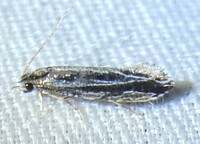
| Recorded by: Dean Furbish and Joy Wiggins on 2025-09-20
Wake Co.
Comment: | 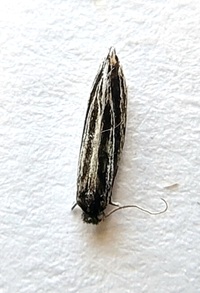
| Recorded by: Mark Basinger on 2025-05-31
Brunswick Co.
Comment: |

| Recorded by: Mark Basinger on 2025-05-31
Brunswick Co.
Comment: | 
| Recorded by: David George, Jeff Niznik on 2025-05-09
Cumberland Co.
Comment: |
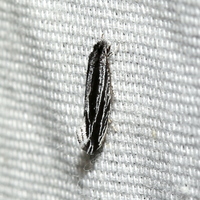
| Recorded by: David George, Jeff Niznik on 2025-05-09
Cumberland Co.
Comment: | 
| Recorded by: Mark Shields on 2025-04-04
Onslow Co.
Comment: |
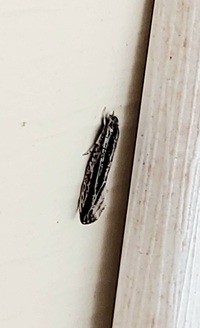
| Recorded by: Mark Basinger on 2025-03-16
Brunswick Co.
Comment: | 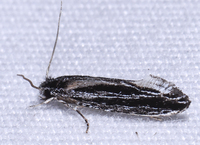
| Recorded by: John Petranka on 2024-10-13
Orange Co.
Comment: |

| Recorded by: Mark Basinger on 2023-10-07
Brunswick Co.
Comment: | 
| Recorded by: Mark Basinger on 2023-10-07
Brunswick Co.
Comment: |

| Recorded by: Mark Basinger on 2023-09-30
Brunswick Co.
Comment: | 
| Recorded by: Mark Basinger on 2023-09-30
Brunswick Co.
Comment: |
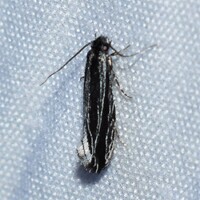
| Recorded by: David George, Jeff Niznik, Rich Teper, Erich Hofmann, Jesse Anderson on 2023-05-22
New Hanover Co.
Comment: | 
| Recorded by: David George, Stephen Dunn on 2023-03-27
New Hanover Co.
Comment: |
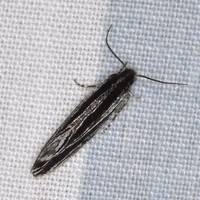
| Recorded by: David George, Stephen Dunn on 2023-03-27
New Hanover Co.
Comment: | 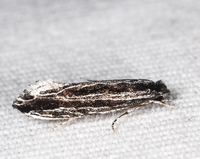
| Recorded by: John Petranka on 2022-09-19
Orange Co.
Comment: |
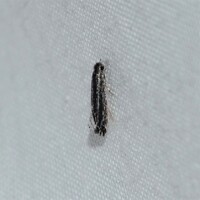
| Recorded by: Jeff Niznik on 2021-08-24
Wake Co.
Comment: | 
| Recorded by: Stephen Hall on 2020-09-01
Orange Co.
Comment: |
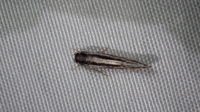
| Recorded by: Erich Hofmann on 2020-05-30
Craven Co.
Comment: | 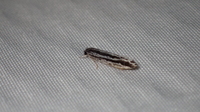
| Recorded by: Erich Hofmann on 2020-05-30
Craven Co.
Comment: |

| Recorded by: Mark Shields on 2020-04-24
Onslow Co.
Comment: | 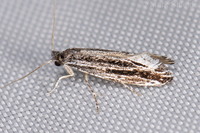
| Recorded by: Mark Shields on 2020-04-03
Onslow Co.
Comment: |
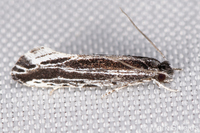
| Recorded by: Mark Shields on 2020-03-28
Onslow Co.
Comment: |

 »
»




 »
»


